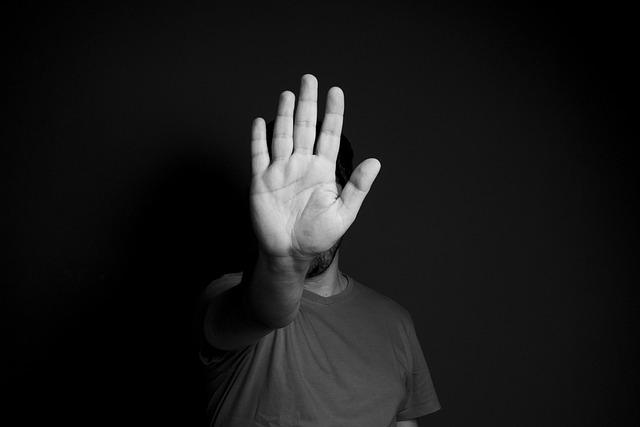
PH: (847) 549-0600 FX: (847) 589-2263 Info@LawJTLG.com

If you feel that your safety or that of your loved ones is in danger, an order of protection can help ensure your safety. This court order prohibits a specific individual from contacting or harming those protected by the order.
It also provides several protective reliefs, including removing lawfully owned guns from the residence, including new parties, and basic home use. But what is the process of obtaining an order of protection in Illinois? This post discusses what you should know about filing for an order of protection in Illinois.
Generally, an order of protection is a legal document that ensures the petitioner’s safety from the possibly violent actions of the respondent. The order prevents the respondent from engaging in specific activities, such as harassing, abusing, or contacting the petitioner.
The Illinois Domestic Violence Act (IMVA) of 1986 governs the entire process of obtaining an order of protection. As a result, for anyone to file an order of protection, this Act requires them to fulfill specific criteria. Otherwise, they cannot obtain the court order. They include:
Note that if you cannot get an order of protection, you may file for a stalking/no-contact order. This order is similar to an order of protection in terms of restrictions. However, the petitioner does not have to be a member of the respondent’s household or family.
It is also worth noting that abuse under the IMVA must constitute harassment, physical abuse, willful deprivation, interference of freedom, and intimidating dependents,
There are three main types of order or protection that you can obtain. They include:
Once a judge reviews a case in court and finds the petitioner’s safety is in danger due to the respondent’s violent acts, they issue a plenary order of protection that can last up to two years, depending on the court’s ruling and final orders. If the orders are in effect during divorce proceedings, they apply until the dissolution of the marriage.
A judge can grant this order immediately, which lasts between 14 and 21 days. If the petitioner wants to extend the effect of this order, they must apply for a plenary order of protection, which requires a court hearing.
If the scheduling of a hearing to extend an emergency order of protection is not done in time, a judge can grant an interim order of protection that lasts up to 30 days. However, the respondent must have appeared before a judge or been alerted about the hearing.
The following are parties who can successfully obtain an order of protection:
The process of filing an order of protection begins in the local circuit court of Illinois, where the request for a petition takes place. However, the court must have jurisdiction over the case, which means that the following case must fulfill at least of the following criteria:
The process starts by filling out paperwork and filing it in the circuit court, where the judge reviews the petition. If an Emergency Order of Protection is required, the court will determine and issue one. They will also decide when the hearing for a Plenary Order of Protection will take place.
After that, “service of process” happens. A Notice of Hearing and information on the protective order’s current status are served to the respondent during this phase. Until the respondent knows of the Order of Protection and hearing, no legal action can take place against them. A hearing will then take place to decide if the petitioner will obtain their order of protection after the respondent has received notifications of the Notice of Hearing.
Do you want to obtain an order of protection for yourself or your loved ones? Johnston Tomei Lenczycki & Goldberg LLC is ready to help. Our experienced team of family law lawyers in Lake County, McHenry County, and Cook County has adequate experience and expertise in filing for and fighting against orders or protection. Contact us today to schedule a free consultation.
Phone Number: (847) 549-0600
Fax Number: (847) 589-2263
Libertyville Office
350 N. Milwaukee Ave., Ste. 202
Libertyville, IL 60048
Manchester Office
2100 Manchester Road, Suite 920
Wheaton, IL 60187